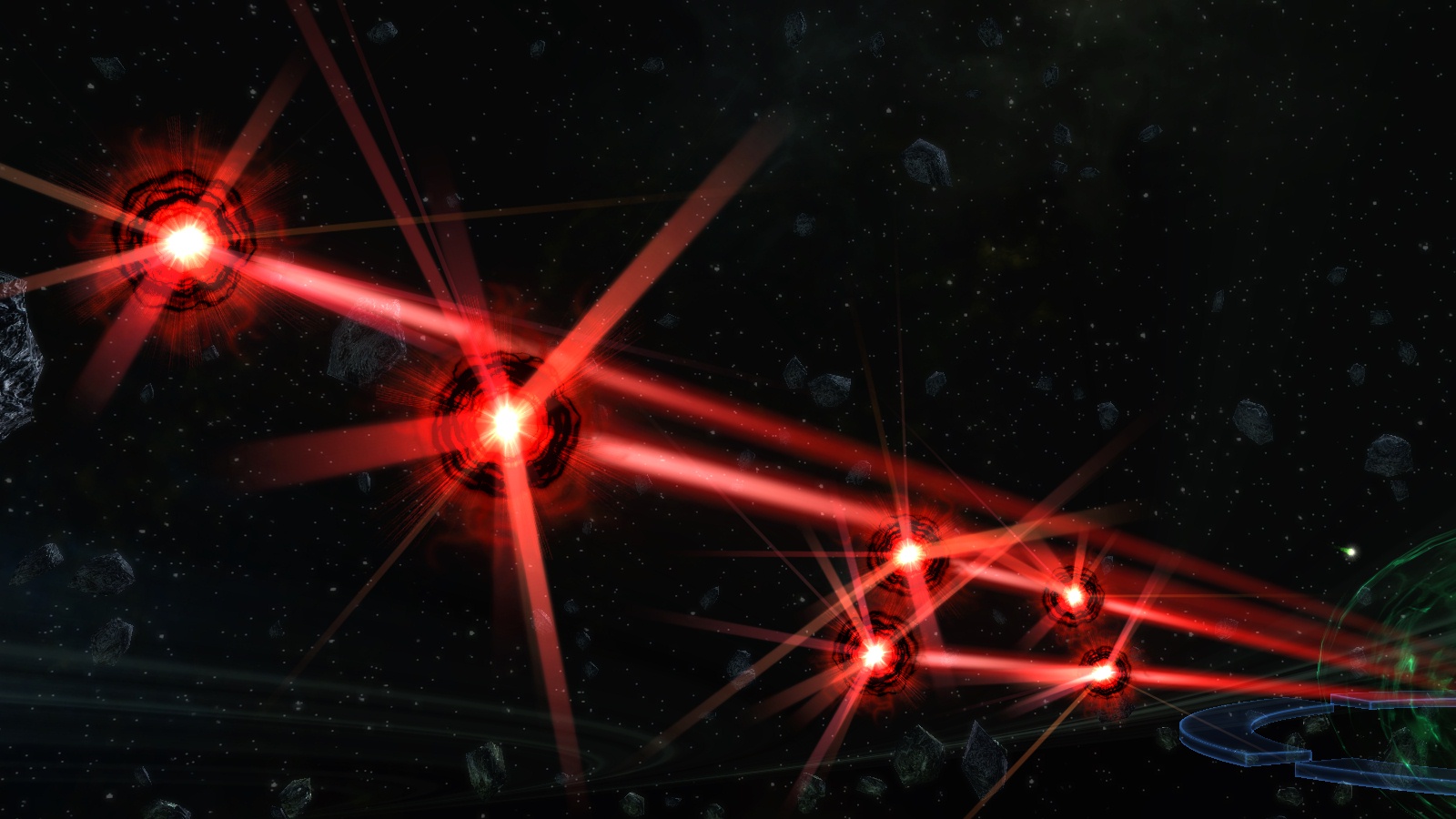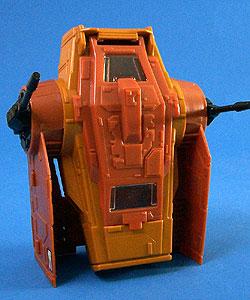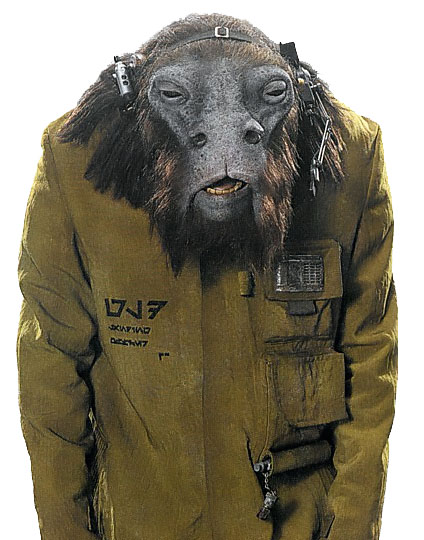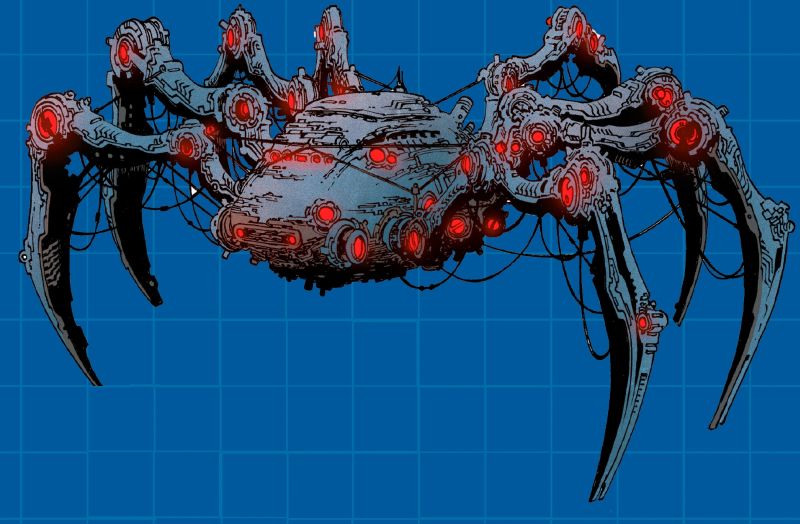 RULES OPTION: MISSILE WEAPONS AND RANGE
- - - - - - - - - -
01-FOREWARD
02-RULES OPTION: MISSILE WEAPONS AND RANGE
03-RULES OPTION: SENSOR-LINKED MISSILES
04-HOMING MISSILES
- - - - - - - - - -
01-FOREWARD
Something I always found an issue with when using torpedoes and missiles with starships in Star Wars D6 is their shirt range. Laser cannons have a decent range but do less damage, while missile weapons have a much shorter range but deal higher damage. There is a game balance issue there and it makes sense from a gaming perspective. But many scifi settings have missiles that can travel much further to hit an intended target, and with Rules As Written (RAW) missile weapons are not able to do this.
This rules option is meant to offer the option of long-range missile weapons, but balance this out with a trade-off for the sake of game balance. Star Trek and other settings have done this with their respective missile weapons for a very long time, and this rules option is intended to offer the option to GMs/players.
- - - - - - - - - -
02-RULES OPTION: MISSILE WEAPONS AND RANGE
When firing missile weapons from starships in Star Wars D6, take the weapon's long range (usually 6 for concussion missiles, and 7 for proton torpedoes) and use this as a space range instead. Give it a matching atmosphere range equal to the space range. Refer to the Ships In An Atmosphere chart on page 129 of the Star Wars Roleplaying Game 2nd Edition Revised & Expanded for space and atmosphere speeds to achieve this.
That chart is provided here for quick reference.
Ships In An Atmosphere
Space Move Kilometers Per Hour
(Atmosphere) (All-Out Speed)
1 210 600
2 225 650
3 260 750
4 280 800
5 295 850
6 330 950
7 350 1,000
8 365 1,050
9 400 1,150
10 415 1,200
11 435 1,250
12 450 1,300
When giving missile weapons a flight speed they effectively have an unlimited range. To balance this out, the range a missile has to hit a target is dependent upon the sensor range of the ship firing the missile. The ship's sensors acquire the target and use that data to direct the missile towards it. Therefor the missile is linked to the firing ship's sensors and/or computer systems (this could be explained as a further detail of the missile weapon's Fire Control bonus, if it has one).
As the missile travels towards the target, it could take several rounds for it to reach the destination. During this time, if the target has weapons, it can fire at the missile and attempt to destroy it before being hit. Difficulty Level of Difficult to hit the missile (16-20), and the missile has 1D Hull dice to resist the damage unless modified (see below). GMs may reduce this to Moderate (11-15) if they feel missiles do not travel fast enough to explain Difficult, but missiles do travel at the speeds of most common starfighters (Y-Wings space speed of 7) of the Rebellion Era. Some starfighters are purpose-built to be as light as possible to increase their speed (TIE-In space speed of 10), and if GMs wish to increase the missile's speed due to this, the Difficulty could be increased to Very Difficult instead (21-30). Missiles are also very small compared to the starfighters and capital ships that use them, and could be considered harder to target, further explaining a raise in Difficulty if they think this should be so.
This chart is provided for GMs to consider how they wish to handle missile weapons with a speed range and for quick reference. Even if these modifiers are not used, this simple chart could be used to make variant missile weapons from the norm. The Cost Modifier is provided to represent this if GMs would like to explore this option. But if using these modifiers for the "standard" version of these weapons, then the Cost Modifier should not be used.
Missile Speed Modifiers
GM's View Interception Modifier Cost Modifier
Standard Difficult (16-20) N/A
Slow -1 Difficulty x1/2
Lighter/Faster +1 Difficulty x2
Smaller +1 Difficulty x2
Another chart worth consideration is for Missiles, Bombs, And Proton Torpedoes, found in Star Wars The Roleplaying Game Revised & Expanded, on page 127. It states that to shoot at a missile weapon, the Difficulty to do so depends on how fast the target itself is moving. The chart is as follows:
Increase To Move
Difficulty Space (Atmosphere)
+5 3 100-150
+10 4 150-200
+15 5 201-250
+20 6+ 251+
Missiles And Sensor Range
As for which sensor type and range to use when firing missiles, use Search. This is not only the longest range of sensor systems, but also the most active. Fire Control modifiers can be unique to individual weapons and a part of them, but can also be explained as connected to, or a direct result of, a ship's sensor systems. For Sensor-Linked Missile Weapons, this would be even more the case. The Missile Weapon being used still has its own Fire Control bonus separate from the Sensors' bonus, but uses Search Sensors to decide their effective range when fired.
- - - - - - - - - -
03-RULES OPTION: SENSOR-LINKED MISSILES
GMs could keep the standard rules for missiles in place and use the rules option given above as a more expensive missile weapon variant. If GMs see these kind of missile weapons as better than the standard kind, then modify the base cost of such missile weapons by x2. The name of these missiles will be "Sensor-Linked" (example: Sensor-Linked Proton Torpedoes).
- - - - - - - - - -
04-HOMING MISSILES
When a missile reaches the target, the crew of the ship (if it is a ship?) can use Maneuverability and the relevant piloting skill to attempt to Dodge the missile like normal. If the missile misses the target, it does not attempt to hit the target again, but keeps traveling away past the target. Once it leaves the firing ship's sensor range, it either deactivates and goes inert, or just keeps flying until it hits something or runs out of fuel, GM discretion as to which, but the former would make a great built-in safety feature.
To attack the target again would make it a homing missile. This would require the fired missile to be a more expensive version with a built-in homing feature. Currently as of this write-up, the only mention I can find for homing missiles is supposed to be in the Star Wars Sourcebook and Gundark's Fantastic Technology. However, I could not find anything in SWSourcebook (if anyone knows what page this is on, please feel free to let me know?), and Gundark's mentions something like this for the PLX-4 Portable Missile Launcher with its "smart" GAM rockets and "savant" rockets. Rules for the savants are explained and inspirational, but the GAM rockets are not explained. So, here is a chart with some homemade general rules for upgrading to homing missiles and cost modifiers.
When firing homing missiles, if they miss the target they can use their speed to turn like a starfighter/speeder (turn, not fly in reverse) and attempt to attack the target again. When doing so homing missiles have their own skill and must make another attack roll when attempting to hit the target again. How many times they can attempt another attack is also in the chart below. The cost modifiers are for the base cost of the missile type being used and can be applied to pretty much any missile weapon you come across. Multiply the missile's base cost from Homing Missile Skill and Homing Attempts separately, then add these two together for the missile's final cost.
Base homing missiles with 2D skill and 1 homing attempt have a combined base cost of x3. When paying for better missiles, combine the Base Cost Modifiers together from Homing Missile Skill and Homing Attempts, then multiply the missile's base cost accordingly (example: Homing Missile Skill 4D + Homing Attempts 3 = Base Cost Modifier x8).
Homing Missile Cost Chart
Homing Missile Base Cost
Skill Modifier
2D x3
3D x4
4D x5
5D x8
6D x10
Homing Attempts Base Cost
Modifier
1 *
2 x2
3 x3
Non-Stop x5
Sensor-Linked Homing Missiles
Since this rules option has missiles linked to a ship's sensor systems for acquiring and hitting a target, another option is to tie the missile's homing ability to the sensors guiding the missile instead of the missiles themselves. This also reduces the cost of single missile weapons. Due to this, having such sensors is more expensive, but well worth it in the long run.
If upgrading sensors this way, use the chart above for how you want your homing missiles to function in combat and use the missile weapon's base cost as a starting point, but add a Base Cost Modifier of x10 due to this being a reusable sensor upgrade.
Also, if using Sensor-Linked Missiles as a variant for standard missile weapons as mentioned further above, the x2 Base Cost Modifier of these IS added to the missile cost so it has the necessary components to be linked to the ship's sensors. All the other Base Cost Modifiers are applied to the sensors as stated previously.
|












